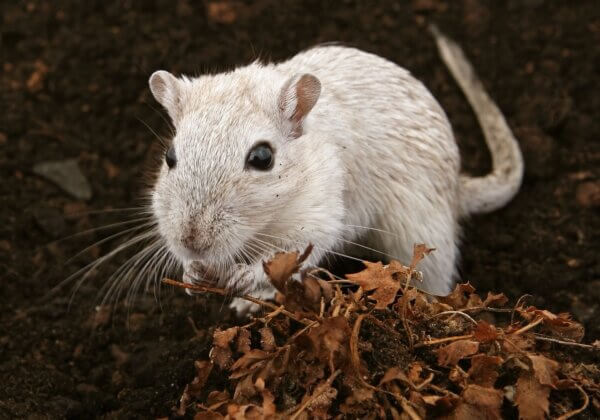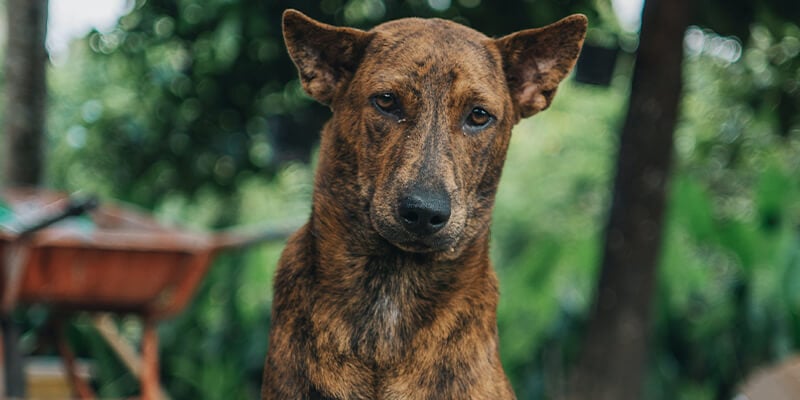How An End to the US Environmental Protection Agency’s Animal Tests Started With a PETA US Rabbit
On 10 September, the US Environmental Protection Agency (EPA) announced plans to stop funding and requesting tests on mammals by 2035. This fantastic news follows 20 years of work by PETA US to end the use of animals in EPA-required tests – those that involve applying substances directly to the eyes and skin of animals, feeding them pesticides, and forcing them to inhale toxic chemicals.
PETA US Director of Regulatory Testing Dr Amy Clippinger sat beside EPA Administrator Andrew Wheeler at the historic signing of the memorandum outlining this commitment and the short-term goals needed to reach it, including reducing tests on mammals by 30% by 2025 and providing researchers working on the development of non-animal methods with US$4.25 million in funding. He’s pioneering a change that PETA India and our international affiliates have ached and strived for.
We’ve come a long way since 1998, when the EPA dismissed the idea that an animal rights organisation should be a stakeholder in this issue. This began to change when a giant “Gorey” rabbit from PETA US, with open wounds and toxic burns, followed then–presidential candidate Al Gore – who was behind the EPA’s High Production Volume chemical testing programme, one of the largest animal testing programmes in US history – on the campaign trail. This constant pressure led to the EPA-commissioned National Academy of Sciences report Toxicity Testing in the 21st Century: A Vision and a Strategy, which cleared the way for greater use of cell-based and computational methods instead of animals in toxicity tests. Because of efforts by PETA US to help amend the Frank R. Lautenberg Chemical Safety for the 21st Century Act, the EPA would restrict animal tests even further and would fund the development of modern, non-animal tests.
Thousands of protests, scientific comments, collaborative projects, and high-level meetings later, PETA US made it to the table – and today, there’s a collaborative spirit among scientists from the group and the PETA International Science Consortium Ltd. and those from the EPA, who work together on many projects to show the value of animal-free testing. These projects include co-hosting a free webinar series on non-animal toxicity testing and co-authoring publications on the use of animals in pesticide tests and inhalation studies.
The EPA’s historic decision follows an announcement by the Dutch government that it will end many types of animal testing by 2025. These changes signal an imminent worldwide end to regulatory toxicity testing on animals and the beginning of a new era in which toxicity tests better protect humans and the environment without contributing to animal suffering.








